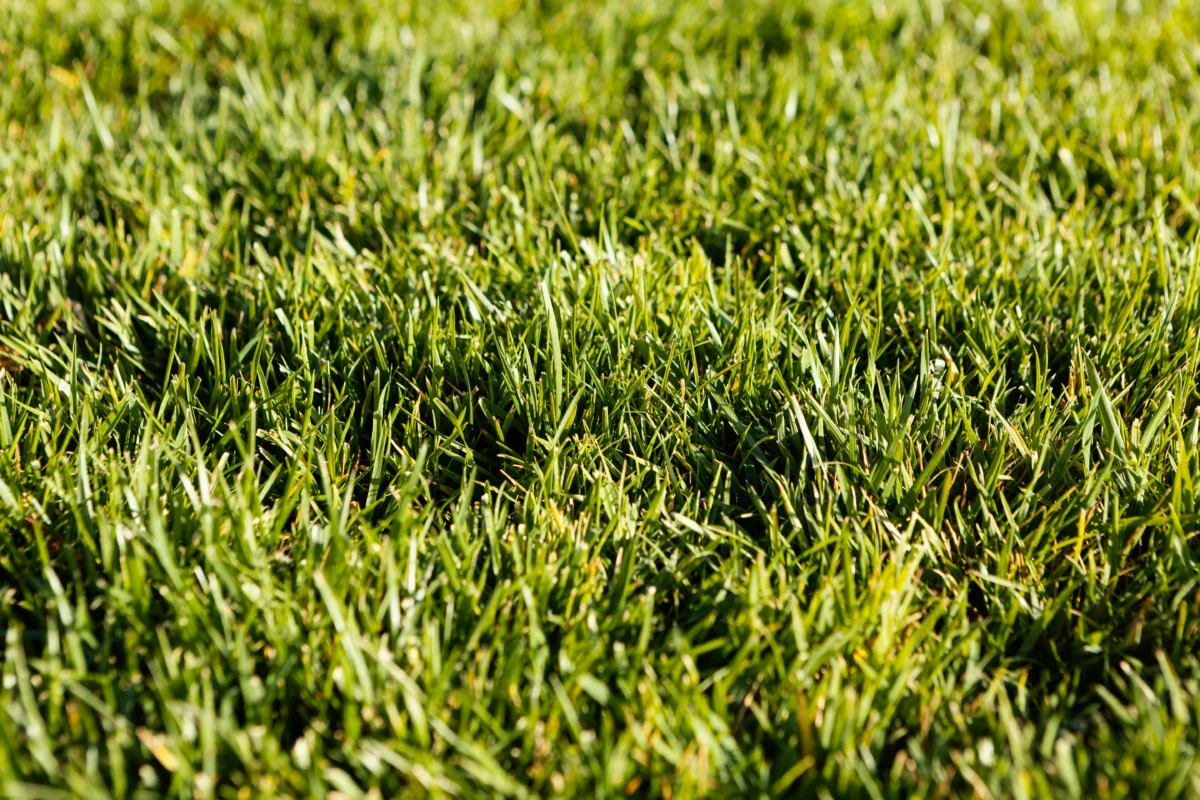Kikuyu grass is one of the most popular choices for homeowners across Australia looking for a lush, green, and low-maintenance lawn. Native to East Africa but thriving in the Australian climate, Kikuyu has become a common feature in many gardens, parks, and sports fields. If you’re wondering whether your lawn contains Kikuyu or you’re considering planting it, this guide will help you identify Kikuyu grass and offer practical tips on how to care for Kikuyu grass, especially when it comes to mowing and maintenance.
What Is Kikuyu Grass?
Kikuyu grass (Pennisetum clandestinum) is a fast-growing, warm-season grass. It thrives in full sun, tolerates high foot traffic, and spreads rapidly through underground rhizomes and surface stolons (runners). Thanks to its aggressive growth, Kikuyu is commonly used in Australian lawns, especially in areas that experience plenty of sunshine and moderate to heavy lawn use.
How to Identify Kikuyu Grass?
Before diving into care tips, it’s essential to ensure your lawn is indeed Kikuyu. Here are some key features to help you identify Kikuyu grass:
1. Leaf Texture and Color
- Kikuyu grass has bright green, broad leaves that are slightly coarse to touch.
- The leaves are around 4-5mm wide and can grow relatively tall if not mowed regularly.
- The surface is soft yet sturdy, making it comfortable for walking barefoot.
2. Growth Habit
- Kikuyu spreads aggressively through runners, which are easy to spot above the soil.
- This growth habit makes it excellent for quickly covering bare patches, but it can also invade garden beds if not edged properly.
3. Underground Rhizomes
- It also spreads below the soil via rhizomes. If you dig a small section of turf, you’ll notice the dense root system.
4. Growth Speed
- Kikuyu is among the fastest-growing grasses in Australia, especially during spring and summer.
5. Seasonal Appearance
It performs best in warm months and can turn slightly yellow or brown in colder months (winter dormancy), though it often stays greener than other warm-season grasses.
Where Is Kikuyu Grass Common in Australia?
Kikuyu thrives across most parts of Australia, especially:
- Coastal and inland NSW
- Queensland
- Victoria
- Perth and Adelaide (with irrigation)
- Northern Territory
Due to its ability to withstand drought and wear, it’s ideal for family backyards, schools, and sports grounds.
Mowing Tips for Kikuyu Grass
Proper mowing is essential to keep your Kikuyu lawn looking neat and healthy. Here are some mowing tips tailored for this grass type:
1. Frequency
- Kikuyu grows rapidly, so during peak growing seasons (spring and summer), mow at least once per week.
- In winter, mowing once every 2-3 weeks may suffice.
2. Mowing Height
- Ideal mowing height is 2.5 cm to 5 cm.
- Keeping it shorter (around 2.5 cm) helps prevent thatch buildup and encourages lateral growth.
3. Sharp Blades
- Always mow with sharp mower blades to avoid tearing the grass, which can lead to disease.
4. Don’t Cut Too Much at Once
- Follow the “one-third rule” — never cut more than one-third of the grass height in a single mow.
5. Use a Mulching Mower
- Mulching returns nutrients to the soil and helps Kikuyu maintain its rich green color.
6. Consider Robotic Lawn Mowers
- Robot mowers like the MoeBot are well-suited for Australian lawns with Kikuyu.
- These devices handle frequent mowing and are especially useful for fast-growing grass types.
Tips on How to Care for Kikuyu Grass?
Once you’ve identified Kikuyu grass, proper care will ensure your lawn remains thick, green, and resistant to pests or drought. Here are essential tips on how to care for Kikuyu grass:
1. Watering
- Kikuyu is drought-tolerant, but for best results, water deeply once or twice a week during dry periods.
- Avoid frequent light watering — this encourages shallow roots.
2. Fertilising
- Apply a nitrogen-rich fertiliser in early spring to promote growth.
- Reapply in mid-summer and early autumn.
- Avoid fertilising in winter, as Kikuyu grows slowly in colder months.
3. Weed Control
- Due to its dense growth, Kikuyu naturally suppresses many weeds.
- However, apply a pre-emergent herbicide in early spring if weeds are a concern.
4. Thatch Management
- Kikuyu can develop thatch due to its vigorous growth.
- Dethatch your lawn once every 1-2 years using a dethatching rake or machine.
5. Aeration
- Aerate your lawn in spring or early summer to improve soil health and root growth.
- This is especially helpful if your lawn gets heavy foot traffic or feels compacted.
6. Edging
- Kikuyu’s runners can invade garden beds and pathways.
- Use physical lawn edging or regularly trim the lawn edges to control its spread.
Common Kikuyu Lawn Issues (and Fixes)
Yellowing or Browning Patches
- Could be due to low nitrogen or compacted soil.
- Solution: Fertilise and aerate as needed.
Thatch Buildup
- Thatch can suffocate roots and cause spongy grass.
- Solution: Dethatch every couple of years.
Invasion into Garden Beds
- Kikuyu spreads aggressively.
- Solution: Install edging and manually remove runners.
Winter Dormancy
- Grass may look pale or thin.
- Solution: Avoid overwatering and mow less frequently. The grass will rebound in spring.
Final Thoughts
Kikuyu grass is a resilient and vibrant choice for Australian lawns, offering fast growth, excellent wear resistance, and a stunning green appearance throughout most of the year. Whether you’re planning to plant it or maintain an existing lawn, knowing how to identify Kikuyu grass and understanding its unique needs will ensure a thriving and hassle-free lawn.
With regular mowing, occasional fertilising, and a bit of care, your Kikuyu lawn can be one of the best features of your home. Whether you’re doing it manually or using a robotic mower, the key is consistency and understanding what this fast-growing grass needs.

